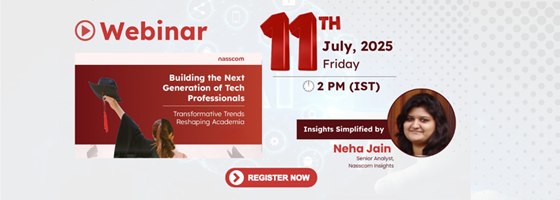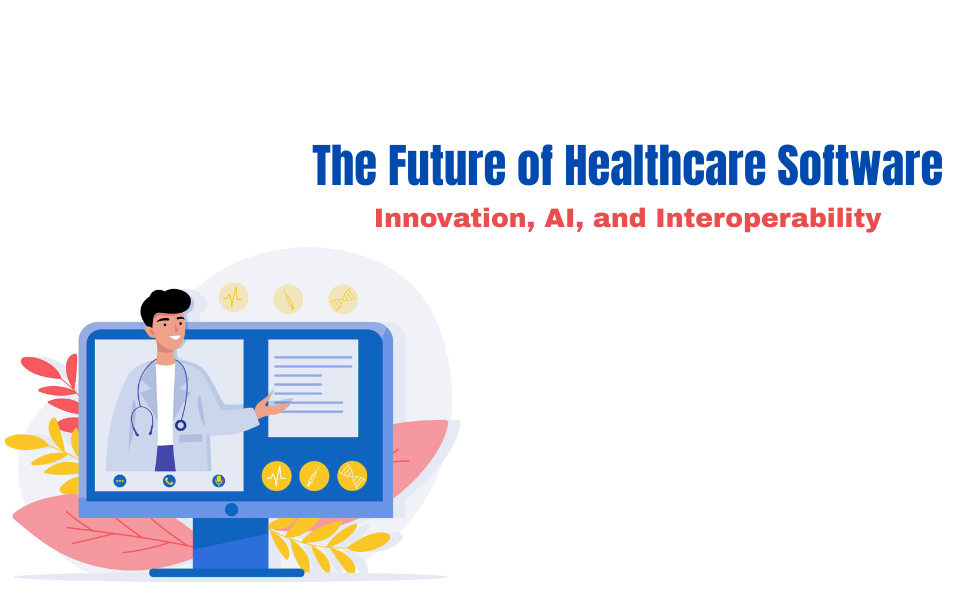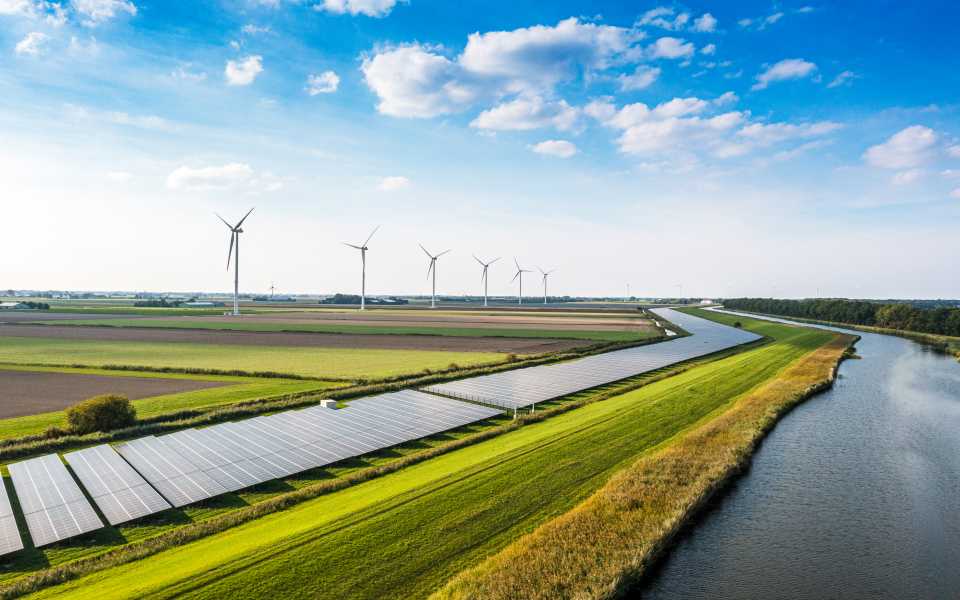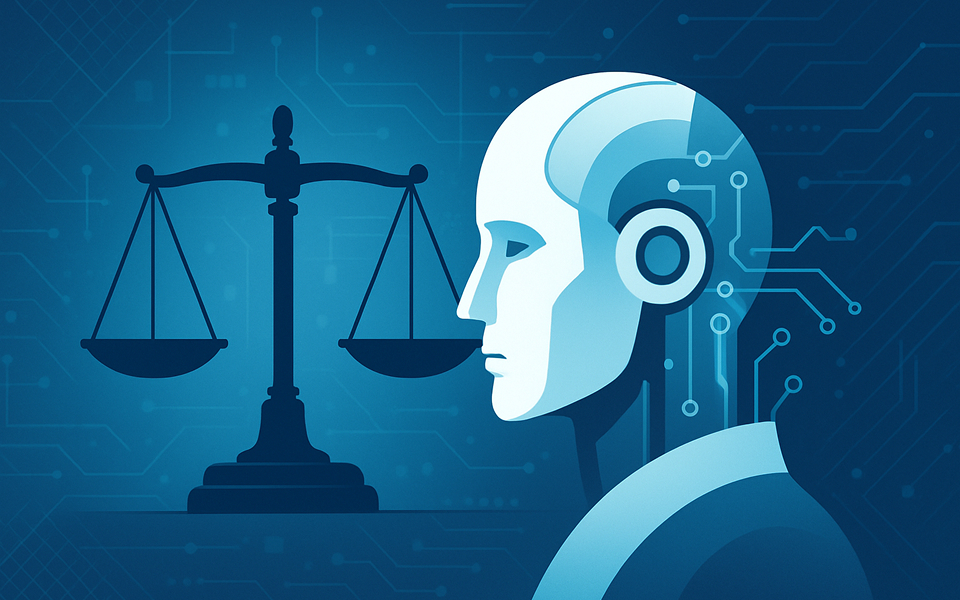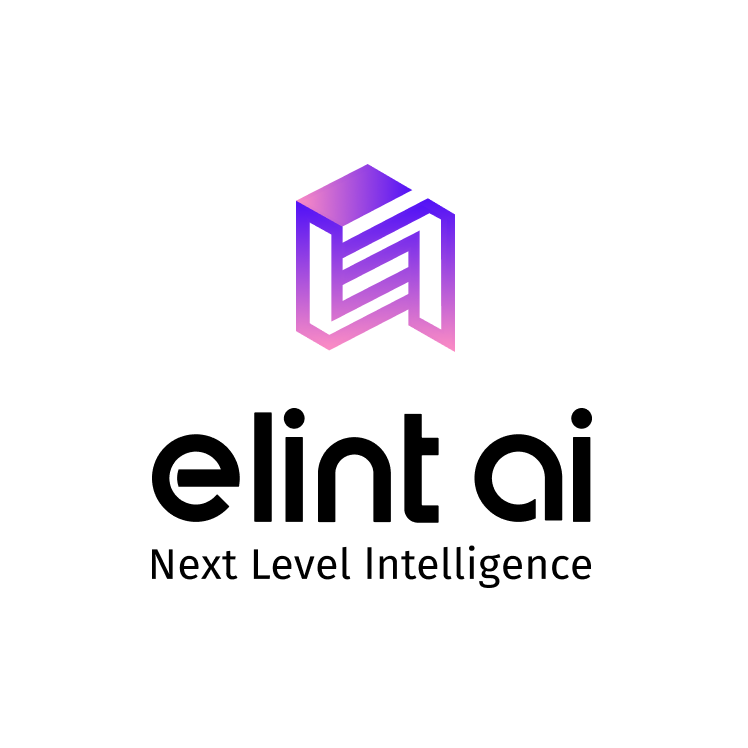
The new drone policy will come into effect on 1st of December and we are doing series to put the spotlight on interesting drone based solutions and startups. First in the series is this interview with Amandeep Panwar, CEO, BharatRohan. BharatRohan collects unique data from agricultural farms and converts them into actionable information and reports to enable industrial producers to reduce crop loses, optimize agri-inputs and maximize yield and profit margin using UAV based hyperspectral imaging.
1. The new drone policy will soon come into force. How satisfied are you with that and what other changes are still needed?
I think it is a great for the UAV industry that after such a long wait, finally, government is taking genuine and positive steps to regularize operation of UAVs in Indian Airspace. It would be too early for me to comment whether I am satisfied by it or not but for now, everything seems doable. We at BHaratRohan can’t wait to become fully compliant with the policy. Once it comes into force and companies like us start to become compliant, only then we will know the real challenges behind the policy. Before that, it would just remain a speculation giving rise to endless debates. But at the same time, I hope that DGCA and the government will remain receptive enough to make the improvements as deemed necessary from time to time.
2. Agriculture is being seen as a sector which will benefit massively from drones. Tell us about the possible use cases and to what extent actual adoption has happened. Is the technology economical enough to be used by small farmers?
Agriculture will indeed greatly benefit by harnessing potential of Drones and converting the gathered information into a understandable reports/maps or other formats suitable for the kind of stakeholder using them in the agriculture industry.
The most crucial use case is to identify and predict pest attacks, disease outbreaks and mineral deficiencies using UAV/Drones equipped with sophisticated Hyperspectral Imagers. My company BharatRohan has been working for last 3 years to set successful examples for the industry. We finally have happy and paying customers availing our services. The payloads we use on a Drone are capable of gathering miniscule colour changes occurring in the plants due to different biochemical changes occurring in different phenological conditions. Consider a Pomegranate plant infected with Bacterial Blight Disease caused by a pathogen known as Xanthomonas axonopodis pv. Presence of this pathogen releases TAL effector proteins into the secretion system of the plant. Once infested, red-brown spots are developed on the leaves. To a naked human eye, these red brown spots become visible only after 7-10 days of infestation but with Hyperspectral imager, the presence of these infestations are identified in very early stages and this helps us diagnose the problem before much damage. Once we have early diagnosis, a farm specific solution to get rid of the problem is delivered to individual farmer through an ICT-based decision support system (DSS) in their vernacular language which helps them prevent crop losses, increase profit margins and to enable them to earn more money.
We have successfully deployed this in 6 tehsil of Barabanki District of Uttar Pradesh for Peppermint, Paddy and will be working on Potato crop this Rabi season in partnership with local cold storage houses. We are also serving an Industrial grower in Maharashtra for Sugarcane and also providing valuable data from Hybrid Evaluation Trials (HETs) of a large seed company in Karnataka.
We have seen Drone companies struggling to provide a worthwhile solution to the agriculture Industry. There are many corporates who have used Drone based services but have remained unsatisfied. The main reason has been the limited capability to serve specific requirements of precision agriculture due to lack of expertise in choosing appropriate payloads to be mounted on a UAV/Drone, interpretation of the data specific to the customer and inflexibility in delivery methods. The other one is the scalability of UAVs/Drones.
UAV/Drones are perceived as unscalable platforms for Agriculture and are often compared with satellite based platforms. We did the same mistake in our early days. What the industry needs to understand and accept is that Drones have limitations to scale when compared to satellites. But at the same time are valuable in offering solutions that satellite platforms cannot deliver. Drones can provide wealth of information about a single farm, however small it may be. But to serve small farms, they must be collectively located in near vicinity. This is when the FPO, cooperatives, NGOs and gram panchayats should take active part in adopting the advanced technologies aimed at reducing crop losses and increasing profit margins.
To make technology economical for the farmers and profitable for our company, we have developed a unique strategy of serving a group of small farmers in remote locations through our total service solution called as BharatRohan CropAssure. We support farmers before the crop sowing and until the post-harvest and we work as partners in their growth. This has made us to become more than a mission and less of a company with clear focus of ascending India by making farmers ascend their greatest potential.
To conclude, let me tell you a short story borrowed from Walden by Henry David Thoreau. Once a strolling Indian went to sell baskets at the house of a well-known lawyer in his neighbourhood. “Do you wish to buy any baskets?” he asked. “No, we do not want any,” was the reply. “What!” exclaimed the Indian as he went out the gate, “do you mean to starve us?”. Having seen his industrious white neighbours so well off-that the lawyer has only to weave arguments, and, by some magic, wealth and standing followed-he had said himself: I will go into business; I will weave baskets; it is a thing which I can do. Thinking that when he had made the baskets he would have done his part, and then it would be the white man’s to buy them. He had not discovered that it was necessary for him to make it worth the other while to buy them.
Drone and technologies are fine: all we have to do as an Industry is to make solutions valuable for its end-users.
3. How does India fare globally when it comes to drone adoption?
India is excited about UAVs as the rest of the world but here the adoption is quite slow. One reason I can is lack of awareness about the true potential of UAVs. End users in various sectors are slow to realize a commercial value from such UAV based services. They want to use UAVs but are not quite sure about how it could really benefit them.
I believe that entrepreneurs and companies working with UAV/Drone for various sectors must roll their sleeves and become more proactive in understanding the problem of their users and providing them a clear solution that could solve their existing pains. Such solutions should be promoted well, demonstrated well and presented well at different forums with a distinctive clarity.
Another challenge may be the lack of investments being this sector in India. Most of the VCs and angel investors in India are just “exploring” this industry from a distance rather than getting involved to build professionally run enterprises. Consequently, UAV companies in India remain to run in a very unprofessional fashion; most of them appear to be run by some hobby enthusiasts. On contrary, companies in the west are getting a lot of support from the investor community which helps them employ top-notch professionals to handle their business and operations at different levels. Only such professionally run enterprises can please the evangelistic B2B and B2G clients.
4. How do you think the approach to drones has changed over the last few years? What are the sectors that will be most impacted by drones?
I always say that a Drone/UAV is like a seed-it’s a possibility! There are so many applications in so many industries that we could not imagine.
We are in a world where the manufacturers are brimming with innovation in the hardware, developers are developing breakthrough ground station software for different modes of operation (like remote operation from an office), data scientists are developing astonishing algorithms to solve problems of different sectors.
Following is a very apt table developed by McKinsey&Company categorizing the UAV Applications in 5 general categories.

To read other stories in the series, follow ?

